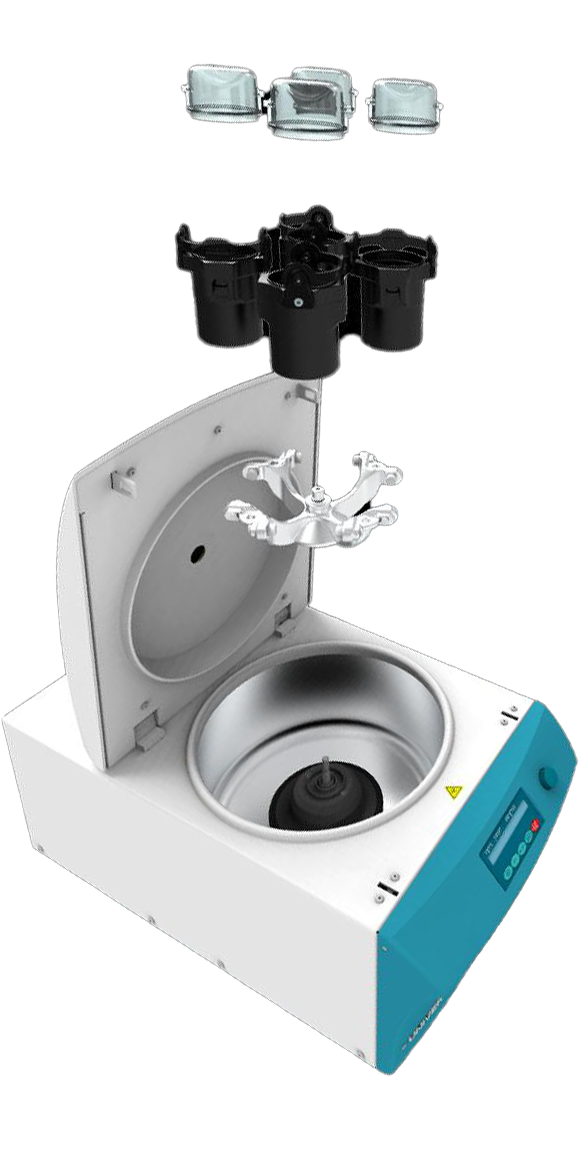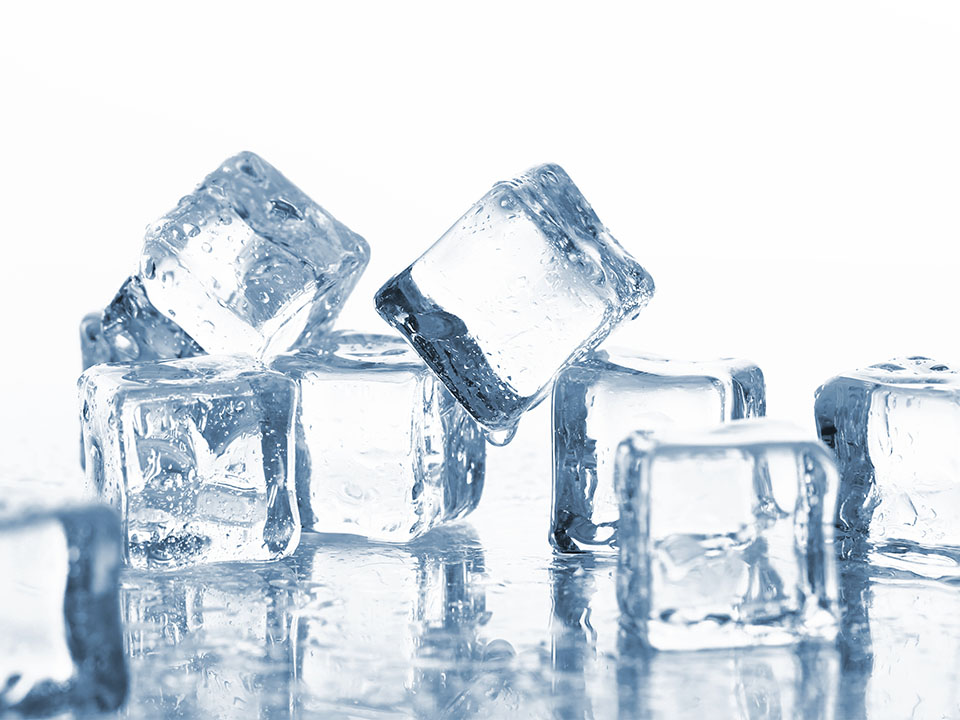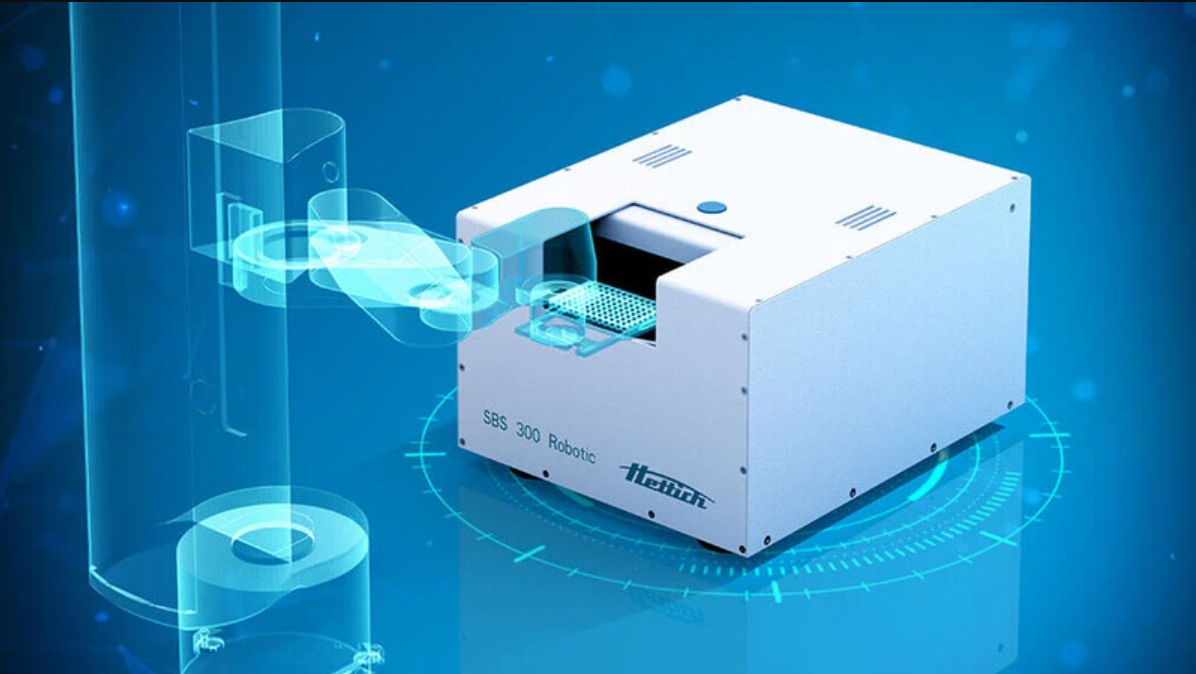Choosing lab
ice makers can be a complicated process. With so many factors to consider, it is
often difficult to know which one to choose. Thankfully, Henderson Biomedical
can guide you through the process. Let’s take a look at the key elements to
consider before you commit to any purchase:
Type and
quality of ice needed
Firstly, you will need to decide on what type of ice you require. For example, ice makers can produce cubes, spheres, heart shapes and flakes to name a few. Flaked ice is usually needed for scientific applications. This is because it is soft in texture, has a high level of wetness and is gentle when it comes into contact with skin. Flaked ice is the best option when packing organs as it minimises ice burn.
Furthermore, the shape of flaked ice means that it covers the surface area of a sample container better. This is particularly useful, say when users need to lay samples on a bed of ice whilst doing prep work.
Another important question you will need to ask is: how much ice do I require? In other words, it means knowing how much ice you want in a given 24-hour period. Lab ice makers will vary in price depending on the capacity.
Location of lab ice makers and space constraints
A key factor
when choosing lab ice makers is space. Ask yourself the following questions:
- How much space do I have to put the ice maker?
What are the exact measurements?
- Does the lab have restricted access? Will it fit
through the door or in the lift?
- Have I taken into consideration the plumbing
pipes? This will add an additional 15-20cm to the overall depth.
You will
also need to make sure that the location of the lab ice maker has suitable gradient
for drainage. Gravity is the most reliable (and cheapest) way of draining
water. However, if the gradient for drainage is not suitable (i.e. the drainage
outlet is higher than the instrument itself), a pump will need to be purchased
at an extra cost.
It is important to decide on the right location for your lab ice maker. This is because, once plumbed in, it is difficult to re-locate. Lab ice makers are not like centrifuges, whereby you can just put them on castors and move them around the lab where required!
Modular or
self-contained lab ice makers
Some lab ice
makers are totally self-contained. This means that the ice making part and the
collection bin is one. However, it is also possible to have a separate bin
attached to the ice maker. This gives added flexibility, as there are usually
multiple different sizes to choose from. It also means that you can upgrade to
a bigger bin later on if needed.
Other
factors to consider when buying lab ice makers
Be aware that, from next year, all hydroflurocarbon (HFC) gases such as R404A and R134A will be banned in the EU. This is because they are harmful to the environment when released into the atmosphere.
Even when/if
the UK does leave the EU, we are likely to follow the same path with regards to
banning these types of gases. If your ice maker uses HFCs and it loses gas,
this is not only harmful to the environment, but it may be near impossible to
get it re-gassed by a repair engineer.
Therefore,
it would worth making sure that your ice maker is using a hydrocarbon (HC) gas
such as R290.
It is also worth making sure that your ice maker is Water Regulations Advisory Scheme (WRAS) approved. This means that your lab ice maker has been designed with appropriate water quality standards in mind. In other words, the ice maker ensures that the water used does not come into contact with any contaminants that could be harmful to your health. This is particularly important for ice makers used in the catering and food industry.
Warranty and after sales service
Like with
any purchase, you should also consider what the warranty period is. 1 year is
minimum, but 2 years is now becoming the standard with most types of laboratory
equipment.
In addition to this, you will need to consider the after sales service of the instrument. For example, is there a local service company that can maintain your ice maker? Furthermore, how easy is it to obtain spare parts?
How
Henderson Biomedical can help
Henderson Biomedical is a UK distributor of Hoshizaki ice makers. Hoshizaki are the largest ice makers in the world and have an enviable reputation for quality and reliability. Henderson Biomedical is able to supply you with a range of flaked ice makers designed for scientific applications.
For more information, please contact our team on 020 8663 4610 or email us at info@henderson-biomedical.co.uk.









